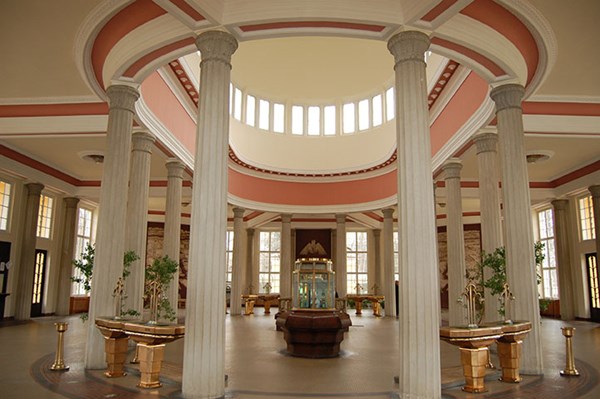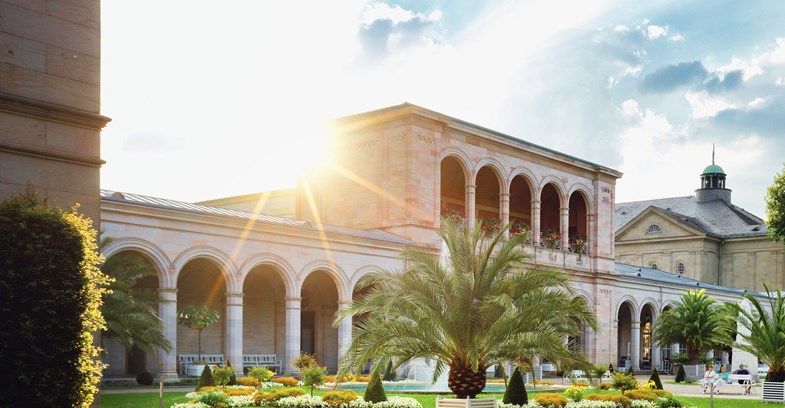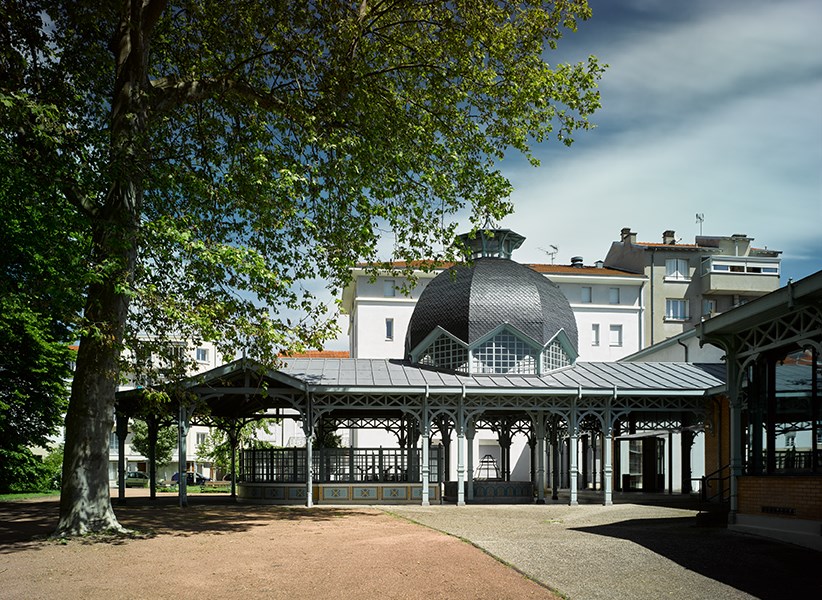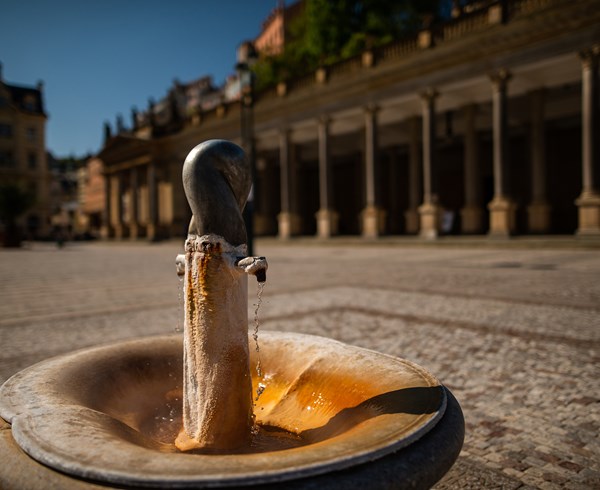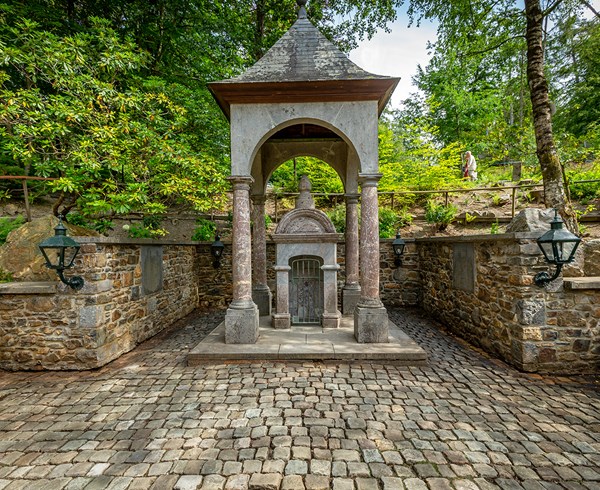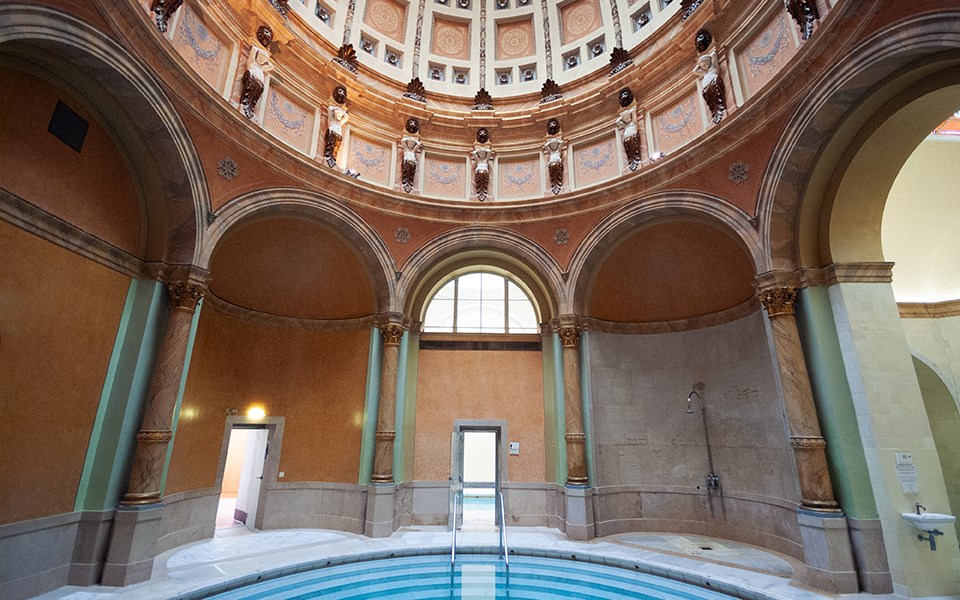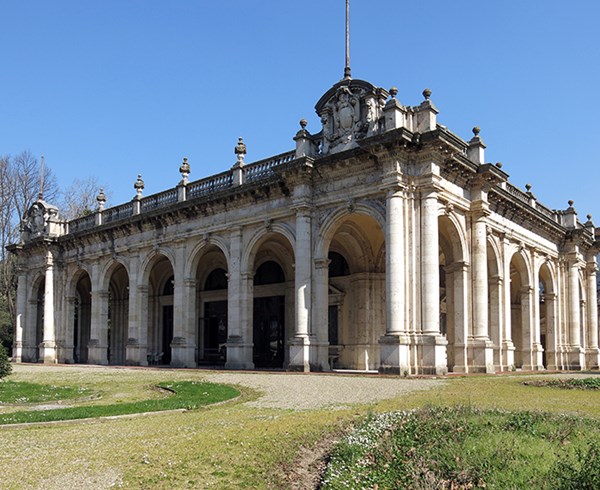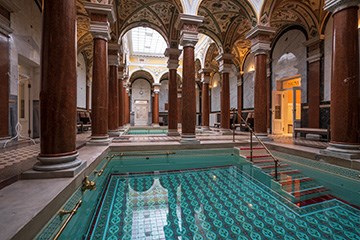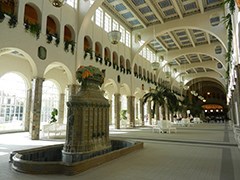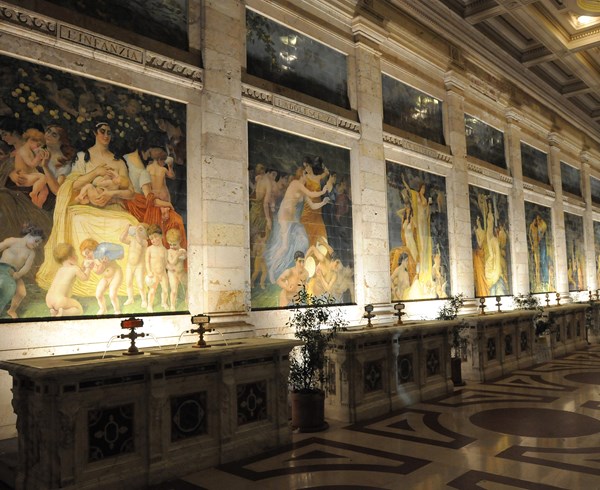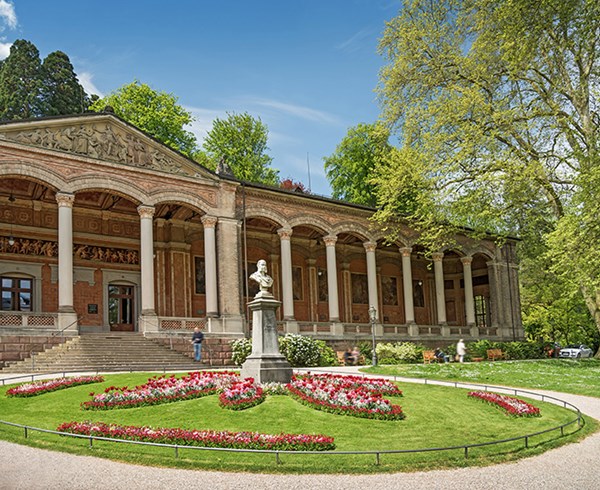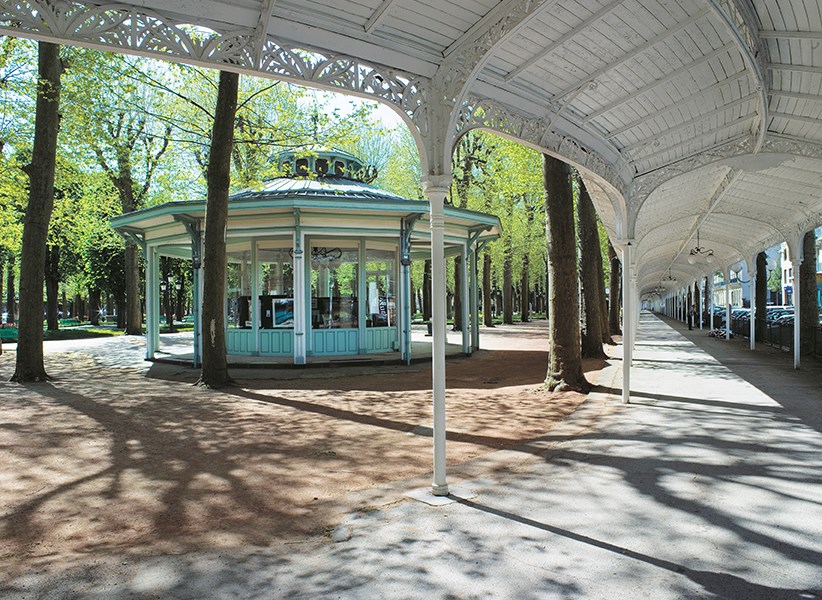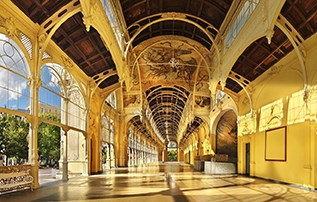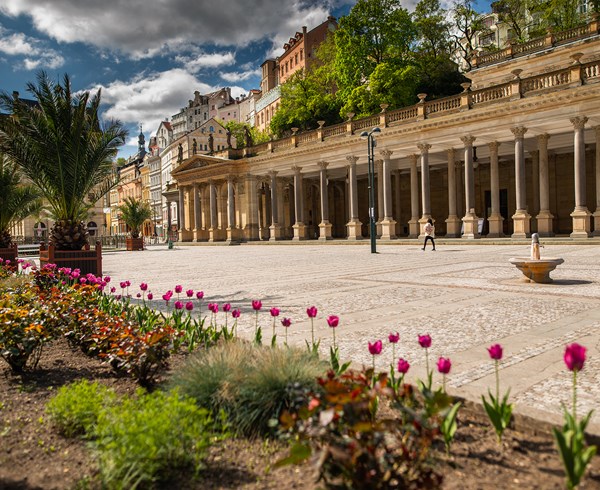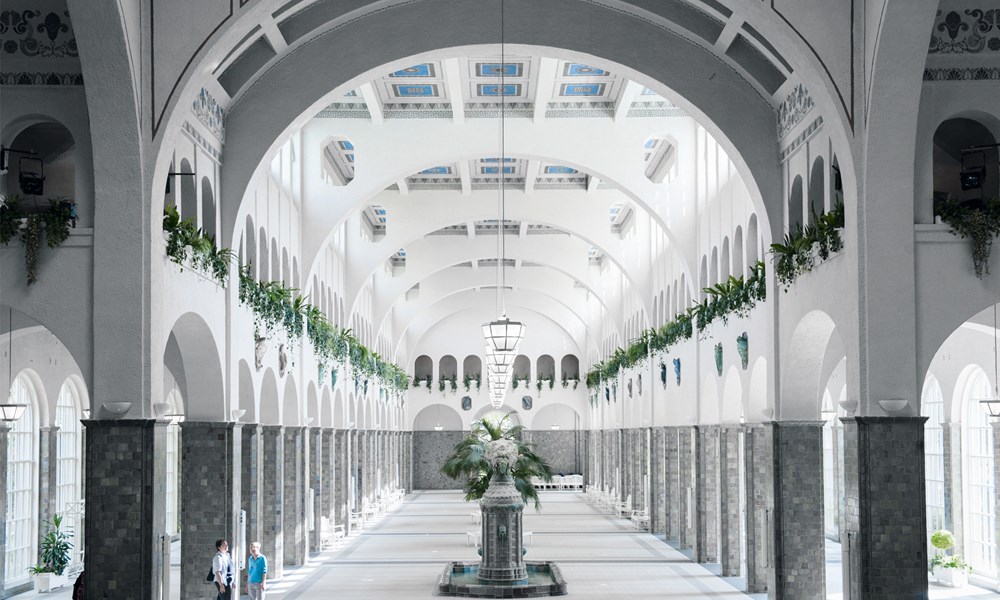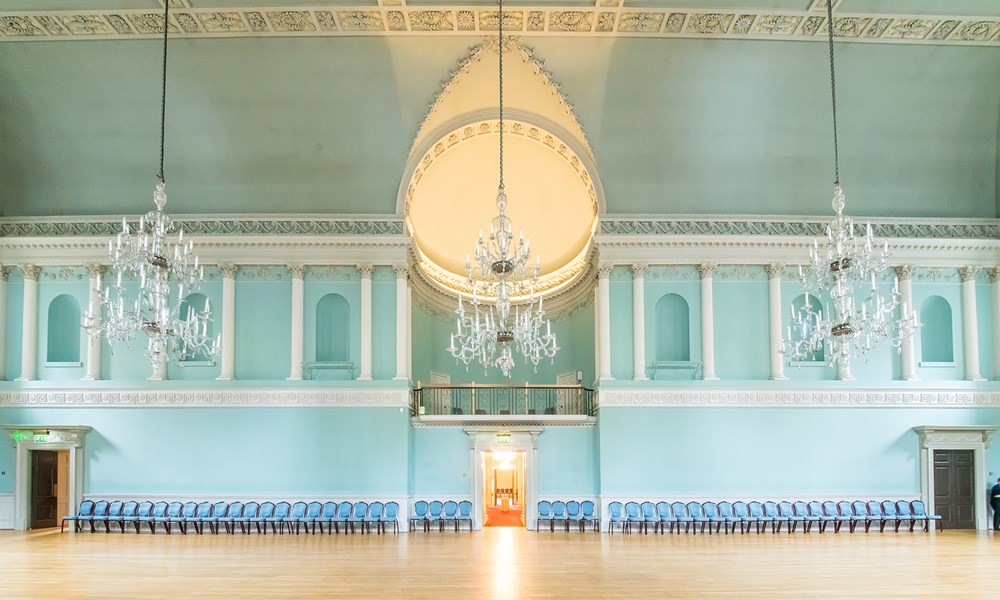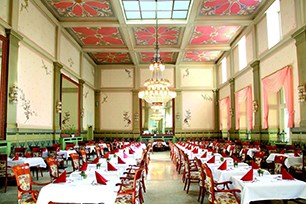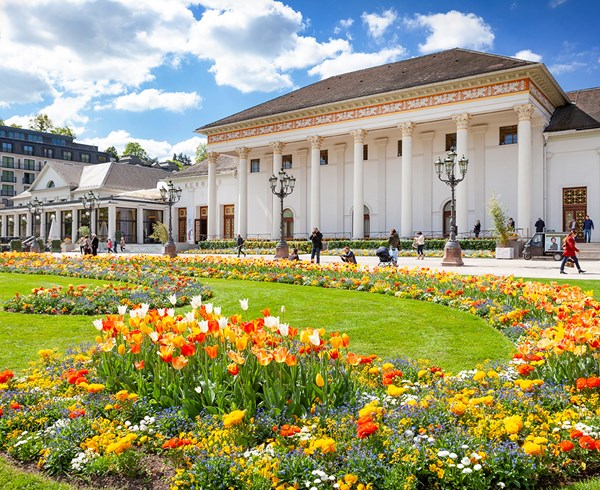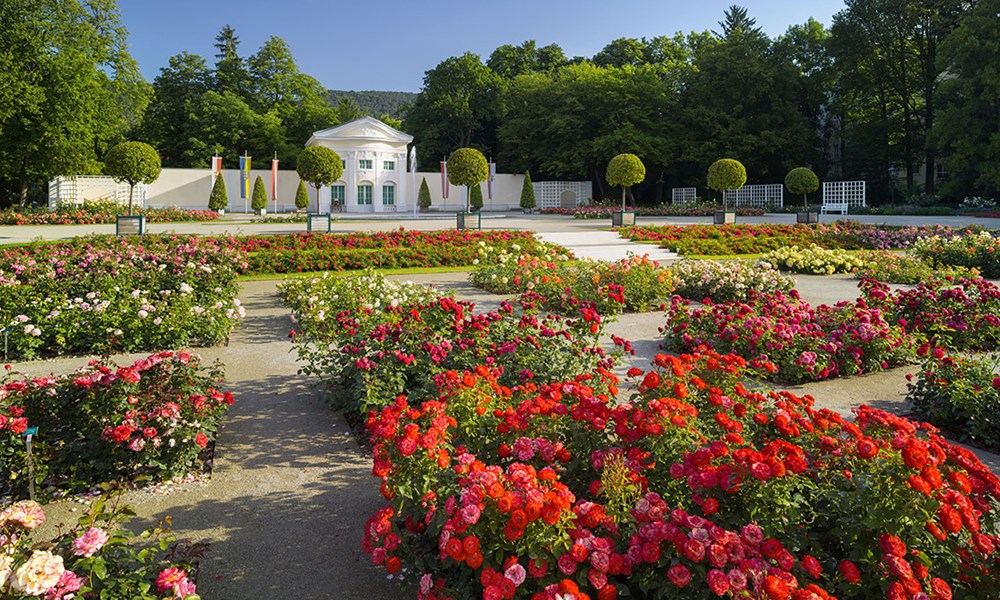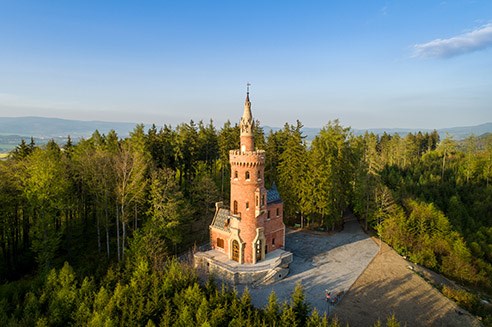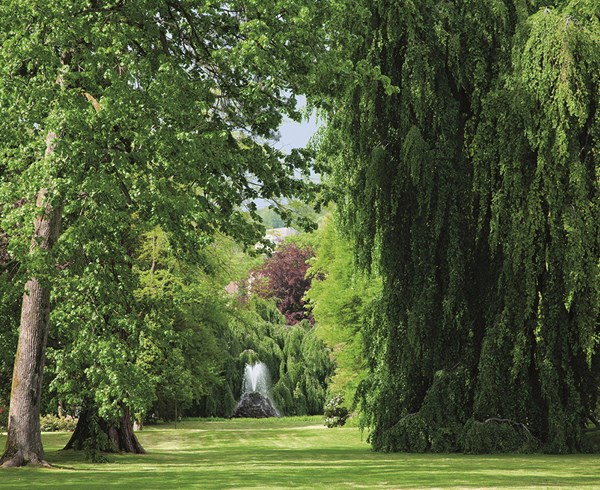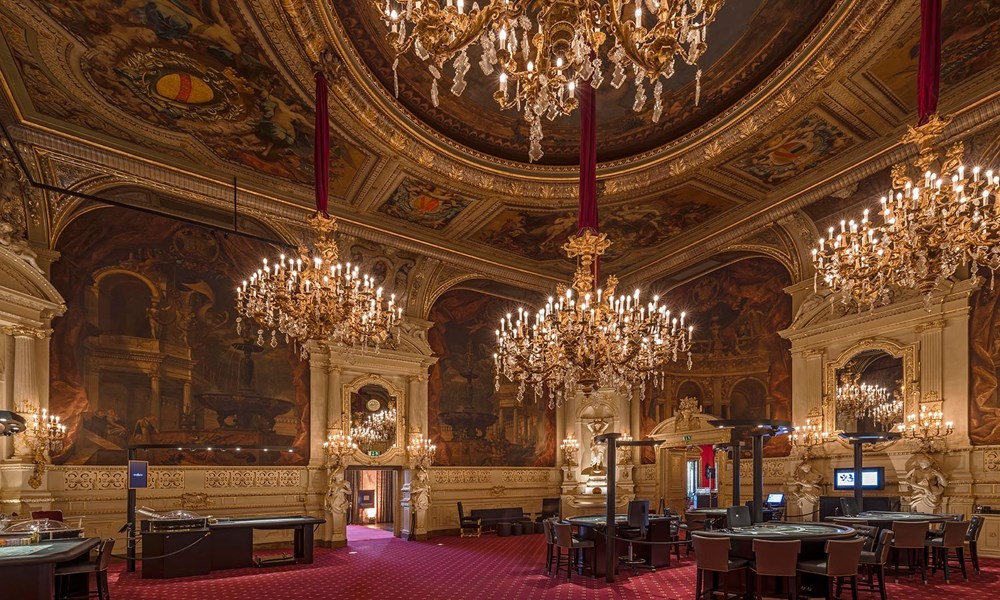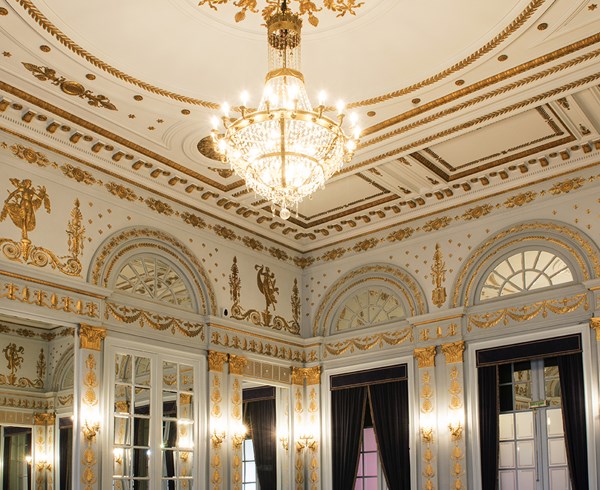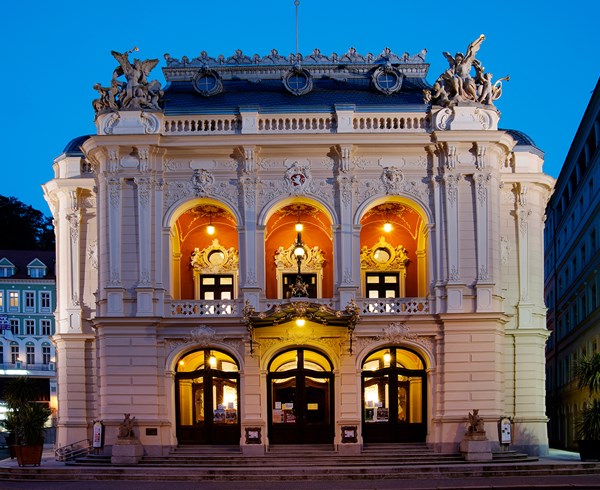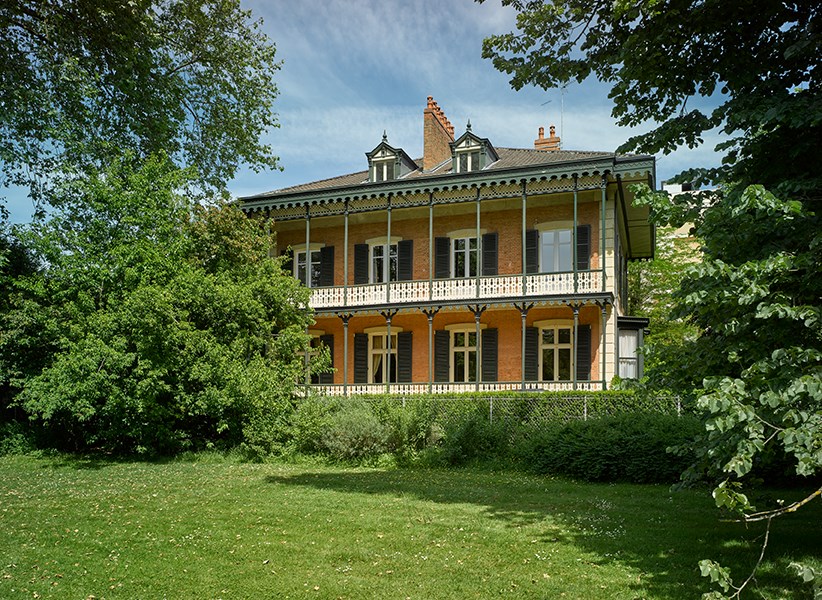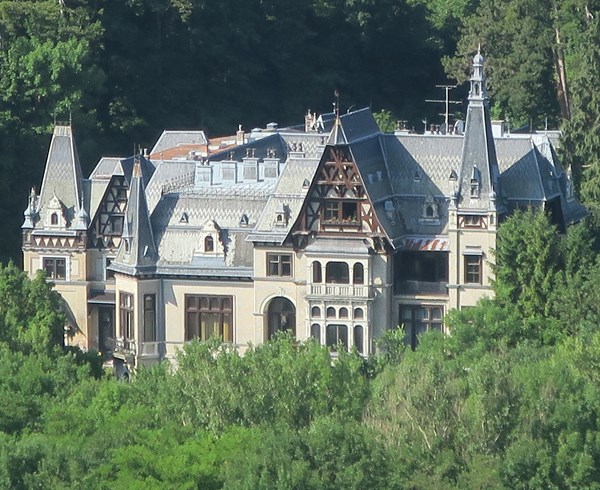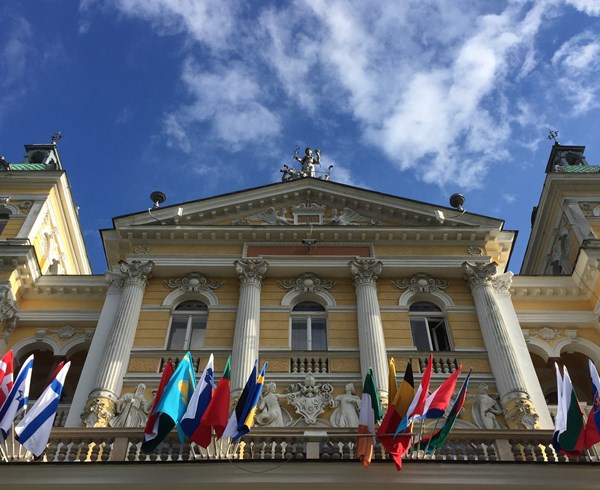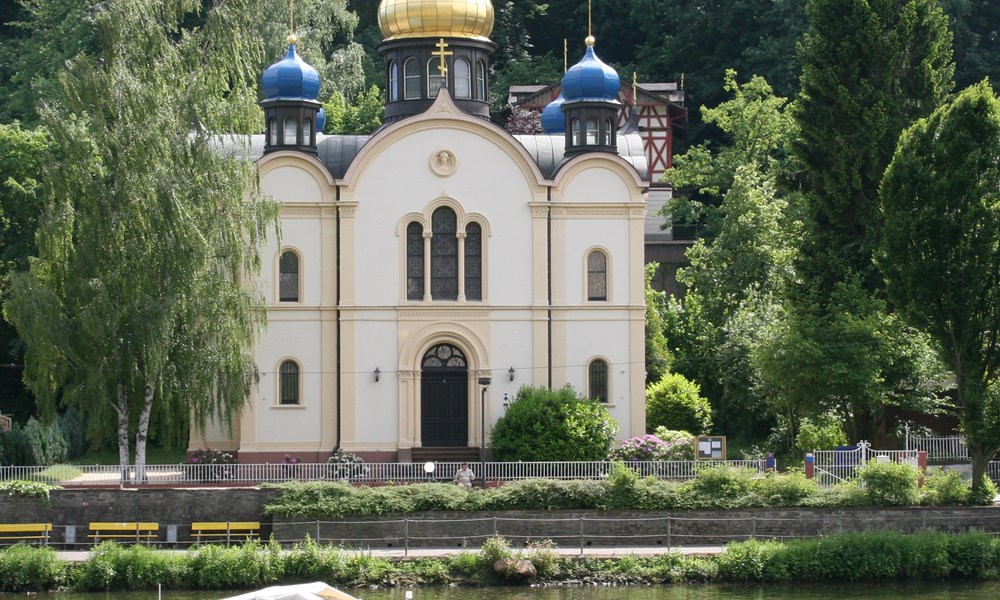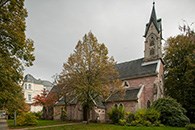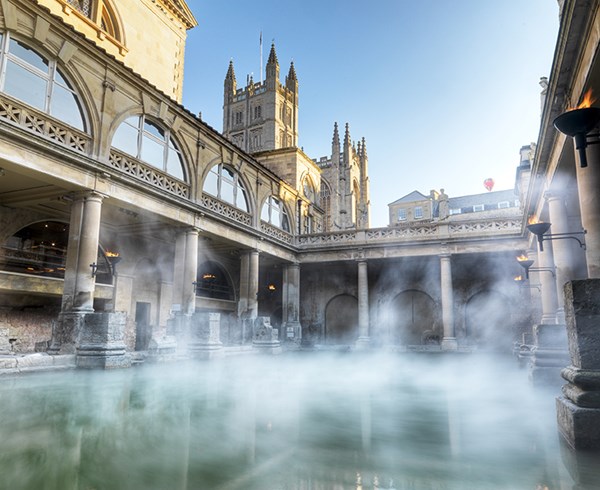Urban ensemble of the Spa Town; with specific references to ‘spa architecture’
The Great Spa Towns of Europe displays exceptional examples of ‘spa architecture’ in a range of architectural styles. ‘Spa architecture’ is the collective term for the genre of buildings that provide facilities for the spa function: buildings connected to the curative waters, and buildings for sociability, leisure and pleasure that originated with the European spa phenomenon. Many of the buildings are special structures that are not seen in other towns, and some ensembles of building sin the Great Spa Towns of Europe include architectural prototypes popularised across Europe, such as the spring pavilion, pump room or trinkhalle, colonnades and galleries. These were designed to harness the natural water resources and allow its practical use for drinking, bathing and exercise as part of the cure.
All component parts contain a range of architectural styles that are influenced by chronology, geography, geo-politics and local factors and many are designed by architects of international or national acclaim, drawing on an architectural language that reflected the then values of ‘cultured living’ in Western Europe.
The form of spa towns was intended to cultivate sociability. Characteristics are the baths and drinking places linked to assembly rooms, colonnades, promenades parks and gardens. These spaces provided a venue to meet other visitors, to be seen, but also spaces to enjoy aware from the company (or the mass of visitors taking the cure) providing privacy and contemplation. Spa buildings, social buildings, promenades and gardens had a close relationship with nature, and together they form a healing landscape. The Great SpaTowns of Europe were established, and thus evolved, as healing environments.
Spring outlets and pavilions
Where treatments are primarily through drinking mineral water is provided from fountains built for the purpose. At first these were in the open air or withing small free-standing pavilions.
Baths
The first use of water generally involved bathing, especially at spas with thermal springs. At first this would have been in communal baths in large bath houses, and this was later followed by the introduction of individual treatment rooms with individual tubs. This required changes to the design of treatment buildings, and in some spa towns these are large palatial ensembles
Pump rooms and drinking halls (‘trinkhalle’)
Later, drinking facilities were provided for increasing numbers of spa guests withing large purpose-built halls. In some of the towns, very large drinking halls offer a choice of different waters, and could offer water to a large number of spa guests at one time.
Drinking large quantities of water was a cure recommended by doctors in all the spa towns. For this treatment to be effective, time and gentle exercise came to be part of the cure and an essential part of the daily routine for guests. Grand colonnades were built, incorporating fountains and space for curists to promenade. Stone, and later cast iron and glass colonnades were built. Some are effectively covered walkways to shelter guests from the elements, and to protect the fine clothes of those who paraded also to be seen by others. Some colonnades even included shops.
All component parts contain substantial buildings and designed spaces for entertainment and recreation. Rooms which hosted assemblies and balls were the next most significant buildings after baths, drinking halls and treatment rooms. Socialising and even eating together were all-important, and early facilities for mixing and socialising in conversation and assembly rooms may be found in several places.
- Bath: Assembly Rooms
- Baden-Baden: Jurhaus
- Bad Kissingen: Hotel Viktoria dining hall
Exercise as part of ‘taking the cure’ commonly took the form of strolling along wide gravelled paths in landscape gardens and ‘kurgartens’. Such public gardens within or next to the spa quarter are a prototype in the history of the garden and its function. Spa gardens were designed to be used by others, in large numbers, and for specific purposes. Music was an essential contribution to the cure and near to the promenades are bandstands or similar pavilions from which bands played music throughout the day to visitors. Refreshments were also provided and the restaurants and kiosks can often be seen today.
In many of the spa towns, extensive landscaped gardens may be seen laid out as ‘English Gardens’ – with meandering paths, secluded bowers, seats and occasional small kiosks providing refreshments. These informal landscape settings contrast with public promenades and formal landscape designs.
General socialising was complemented by ‘diversions’ such as casinos. Gaming and the development of casinos (and sometimes their prohibition) played an essential role in spa life. The Great Spas have some of the earliest examples of casinos in the world. Elaborate theatres, opera houses, concert halls and dance halls were also part of spa town life.
Hotels, lodging houses and villas form discrete zones both within the urban spa quarter and the wider therapeutic landscape. Some hotels are monumental in scale and architecture, while numerous villas display a wide range of international architectural styles. Their ubiquitous high quality, diversity of architectural style, sheer numbers and high rate of authentic preservation is a distinctive attribute of the Great Spa Towns of Europe.
From early times to the end of the 18th century, accommodation for visitors could be found in inns and lodgings, and a few very old hotels survive. By the middle of the 19th century, many visitors opted for long stays in the spa, or indefinitely in villas that surrounded the spa towns. Such villas became significant by providing fashionable accommodation for middle class visitors and the elite, who required privacy or solitude for the duration of their stay.
Former monasteries owned some of the springs in the Great Spa Towns of Europe, and in many places the early Church adopted a healing mission and used the spa water, with church buildings often having a close physical proximity to the spa buildings, and remaining as significant landmarks. Services, prayers and masses were included as part of the daily routine in the 18th century in churches and synagogues for both residents and spa visitors. New churches were built in the eighteenth and nineteenth centuries to accommodate the spiritual needs of an increasing number of visitors from other countries and denominations that were attracted to the spa towns. Russian churches are often notable landmarks because of their different style of architecture.
- Bad Ems: Russian Orthodox Church
- Baden-Baden: Anglican Church
- Bath: the Abbey, built adjacent to the Roman baths and temple complex
